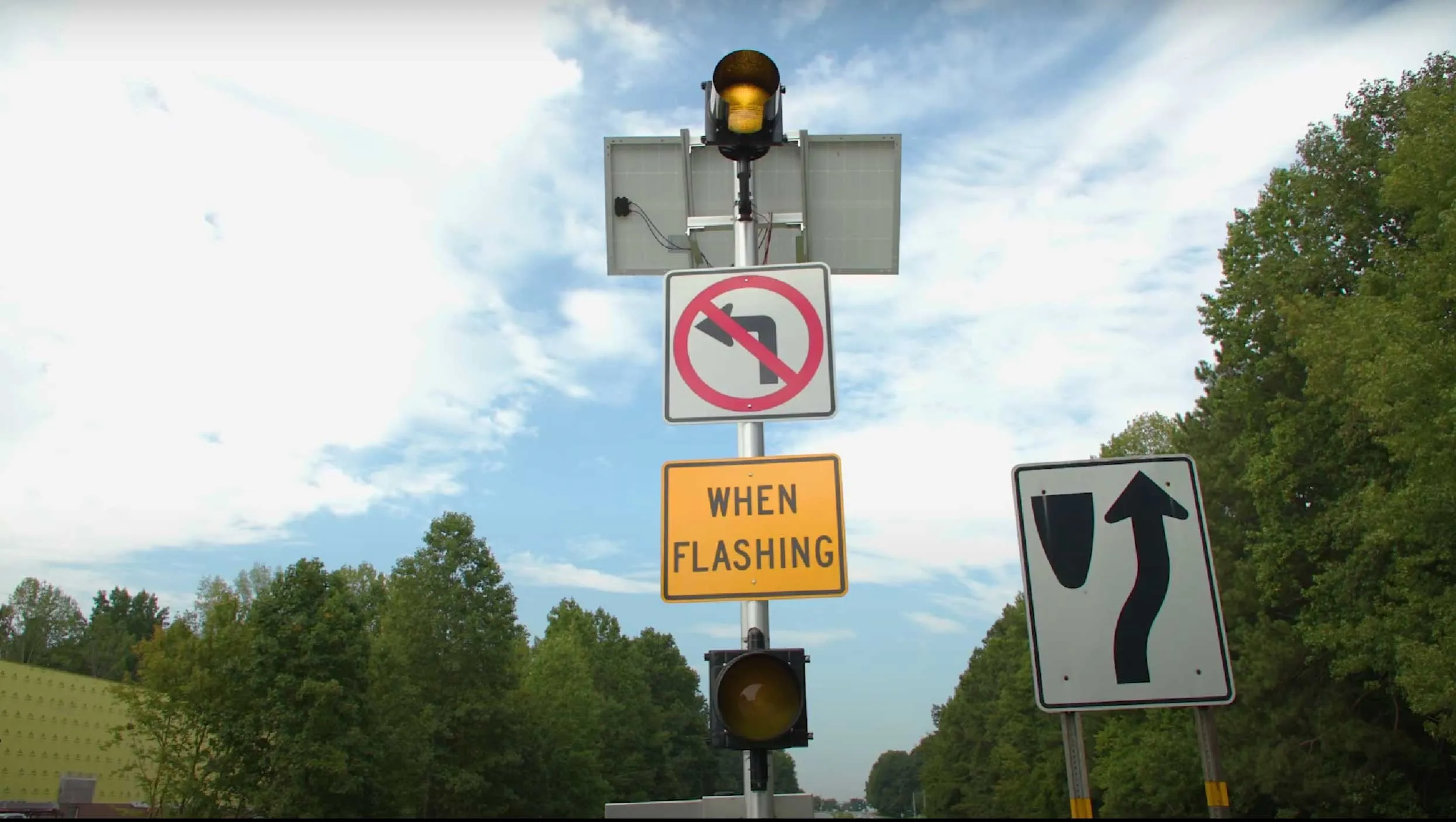A Technology Partnerships study has been announced to evaluate the safety benefits of a solar-powered traffic signage system designed to minimise crashes on horizontal curves in the US. Part of the US FHWA Highways for Life initiative, evaluations will test the effectiveness of innovative road infrastructure safety technologies that are fully developed and market ready, but have had little use on US roads. Although horizontal curves make up a small percentage of total road miles, they account for 25 per cen
June 25, 2012
Read time: 2 mins

A Technology Partnerships study has been announced to evaluate the safety benefits of a solar-powered traffic signage system designed to minimise crashes on horizontal curves in the US. Part of the US 831 Federal Highway Administration Highways for Life initiative, evaluations will test the effectiveness of innovative road infrastructure safety technologies that are fully developed and market ready, but have had little use on US roads.
Although horizontal curves make up a small percentage of total road miles, they account for 25 per cent of all highway fatalities with the majority of crashes on curves involving lane departures. US company Traffic and Parking Control Company (989 TAPCO) has developed the sequential dynamic curve warning system which consists of a series of solar-powered, LED-enhanced flashing signs that are installed throughout a curve. Approaching vehicles, sensed by radar or other ITS device, trigger the controller that wirelessly activates the LED signs to flash sequentially through the curve to warn speeding drivers to slow down. The two-year Technology Partnerships field study will evaluate the effectiveness of the system in reducing vehicle speeds and in reducing the frequency and/or the severity of curve-related crashes. Participating State DOTs include Missouri, Texas, Washington, Wisconsin and Colorado.
Although horizontal curves make up a small percentage of total road miles, they account for 25 per cent of all highway fatalities with the majority of crashes on curves involving lane departures. US company Traffic and Parking Control Company (









